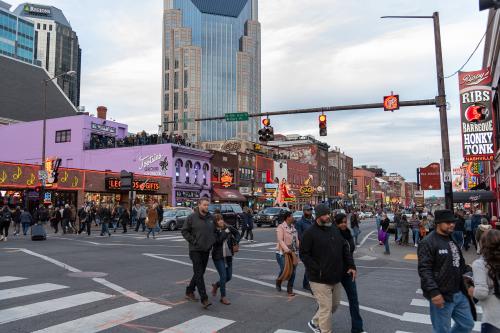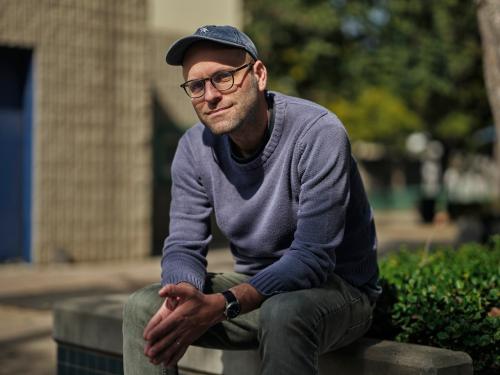The fate of a closely watched ballot initiative in the Seattle region is still uncertain, and its outcome may shape future efforts to tackle suburban poverty.
On Tuesday, voters in SeaTac, WA, a city of 28,000 just south of Seattle that’s home to Seattle-Tacoma International Airport, cast ballots on an initiative that would raise the minimum wage for airport-related jobs to $15 an hour, the highest minimum in the country. As of Thursday night, the measure was passing by a narrow margin of 52 percent to 48 percent, with an unknown number of ballots still to be counted. If approved, the new minimum wage is expected to cover about 6,300 workers.
Are local “living wages” a viable strategy for reducing suburban poverty? Many localities across the country—more than 120, at last count—have some form of living wage law, which typically sets a minimum wage of $10 or more an hour for businesses that receive contracts or subsidies from local governments. While most are big cities, some are suburban places like Manchester, CT; Macomb County, MI; and Lakewood, OH. Most research on the effects of these laws has studied cities where living wages were implemented, and finds that such laws modestly reduce poverty. The Seattle Times profiled the effects of an ordinance similar to SeaTac’s focused on airport jobs in Long Beach, CA, and found generally positive impacts, though perhaps not as positive as advocates might have hoped.
While some interpret the suburbanization of poverty in America as the movement of poor individuals from urban to suburban settings, a lot more has to do with economic changes rippling through suburban places. As so many jobs today are located in suburbs, especially lower-wage sectors like retail and hospitality, suburban residents are increasingly likely to experience working poverty. So it stands to reason that measures to boost their wages, like minimum wage and living wage campaigns, could be important tools for addressing the economic hardships facing suburban workers and communities.
But in researching our recent book, Elizabeth Kneebone and I saw that one of the most important characteristics of successful efforts to confront suburban poverty was collaboration. Poverty tends to spread widely across suburban areas like South King County, WA. SeaTac is just one among several communities in that sub-region that has undergone massive demographic and economic changes in recent decades, such that today, South King County—not Seattle—is home to the majority of the county’s low-income kids. Each community on its own can’t hope to tackle the educational challenges its families face, but through the Road Map Project, six school districts (including the Highline District in which SeaTac is located) are able to scale their efforts to greatly improve educational opportunities across South Seattle and South King County.
The SeaTac living wage measure is something of a special circumstance, since many airport-related jobs can’t just get up and walk away. In that sense, its applicability as a poverty-fighting measure to other suburban jurisdictions in South King County, or other parts of the nation, is probably limited. But hopefully the measure, whatever its fate, can serve as a reminder that:
Suburban poverty is in large part about the suburban economy. Better jobs and better wages in suburbia mean lower poverty, regardless of migration and demographic change.
Addressing suburban poverty at scale ultimately demands suburban collaboration. If the SeaTac measure wins but subsequently leads to greater economic competition (“border wars”) among South King County suburbs, which are just beginning to explore areas beyond education for stepped-up collaboration, it could be a step in the wrong direction.
Suburbs can instead (or in addition) be allies for bigger policy plays that boost employment opportunities and incomes across jurisdictions, like state minimum wage increases, or transformative economic development and infrastructure investments.
Creative responses to suburban poverty will likely not come from this Washington (i.e., D.C.) anytime soon. If nothing else, that Washington (i.e., state) continues to be a proving ground for strategies to address the new geography of poverty and opportunity in our metro areas.


Commentary
The Living Wage in SeaTac: Confronting Suburban Poverty?
November 8, 2013